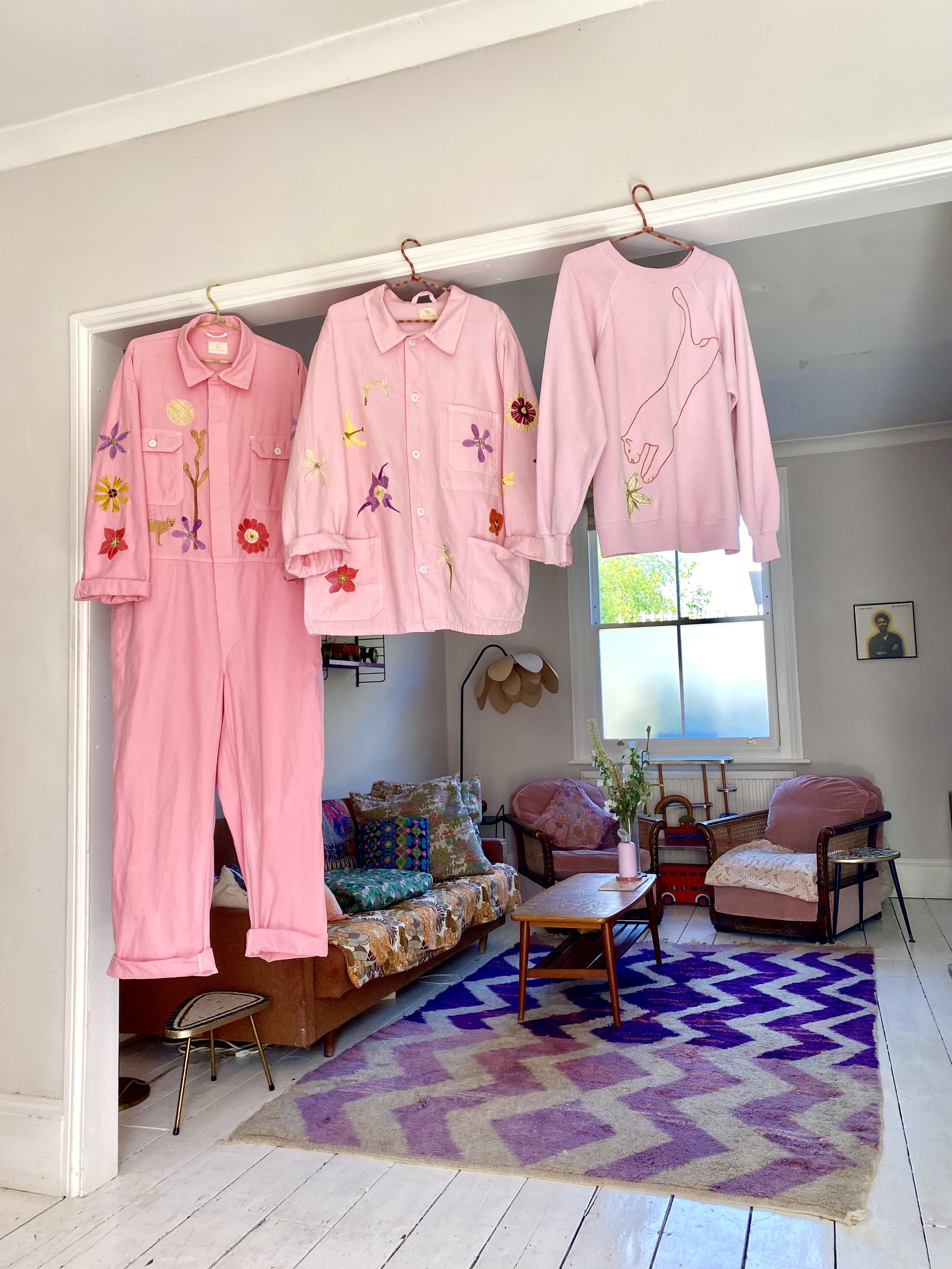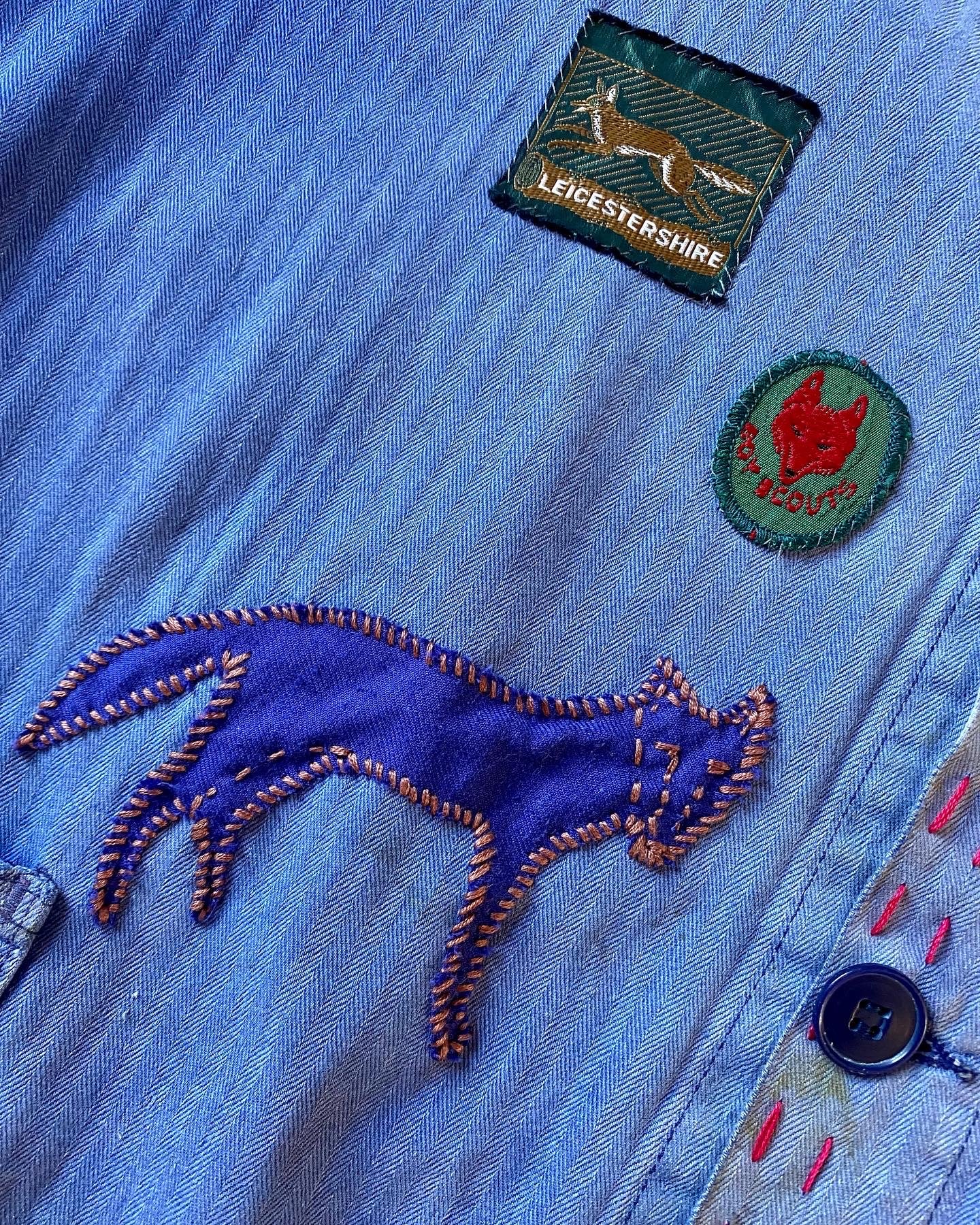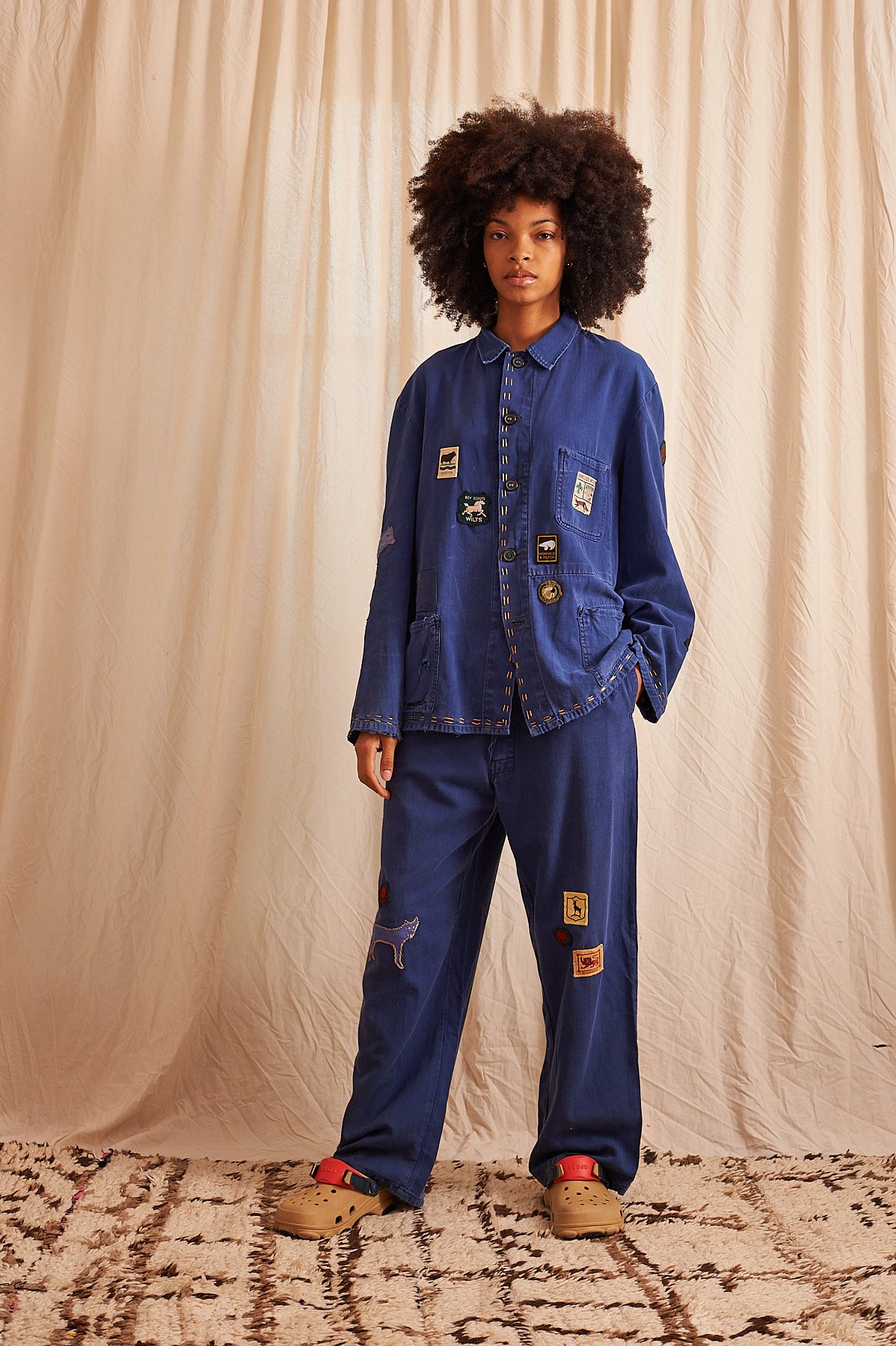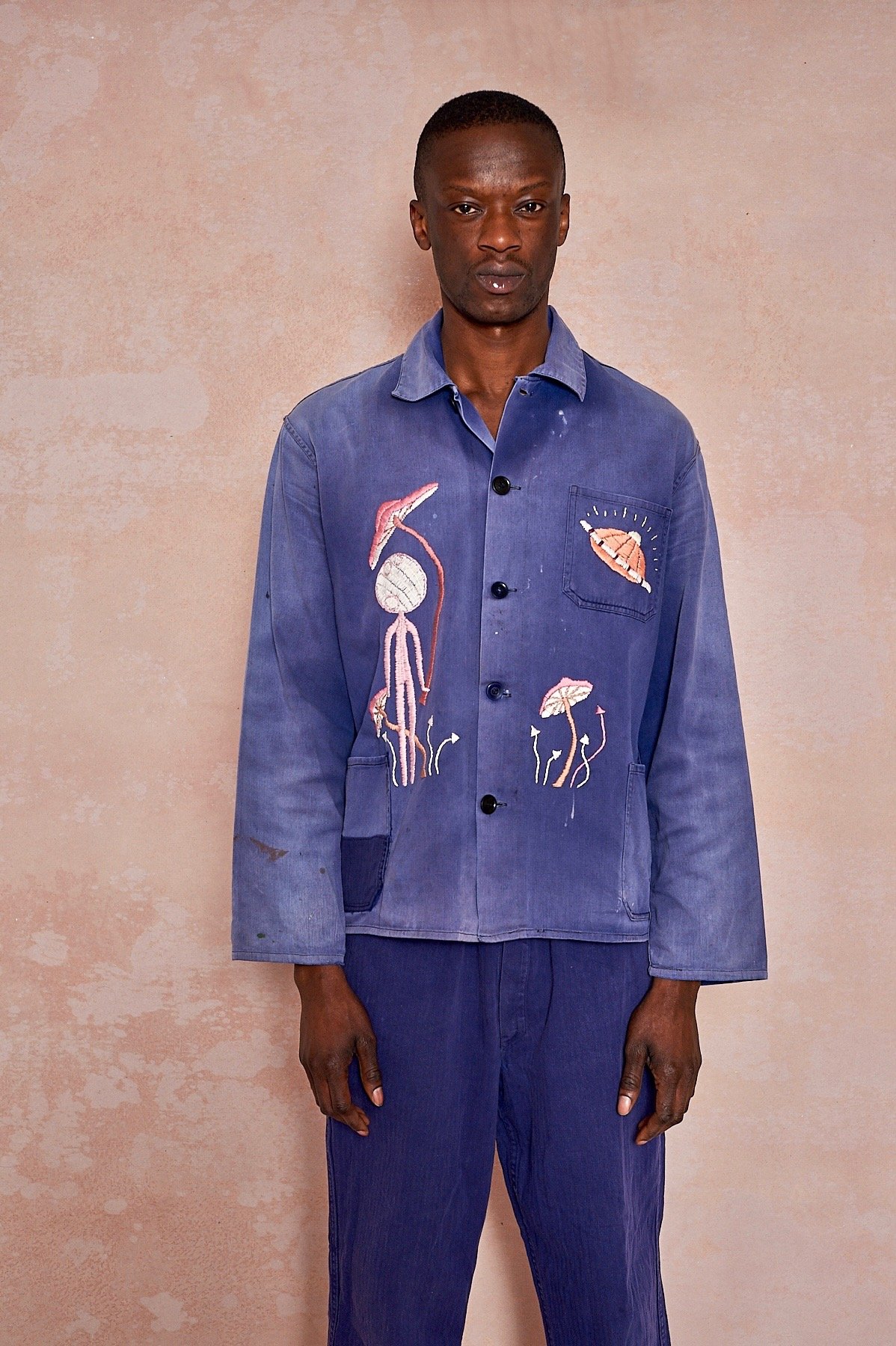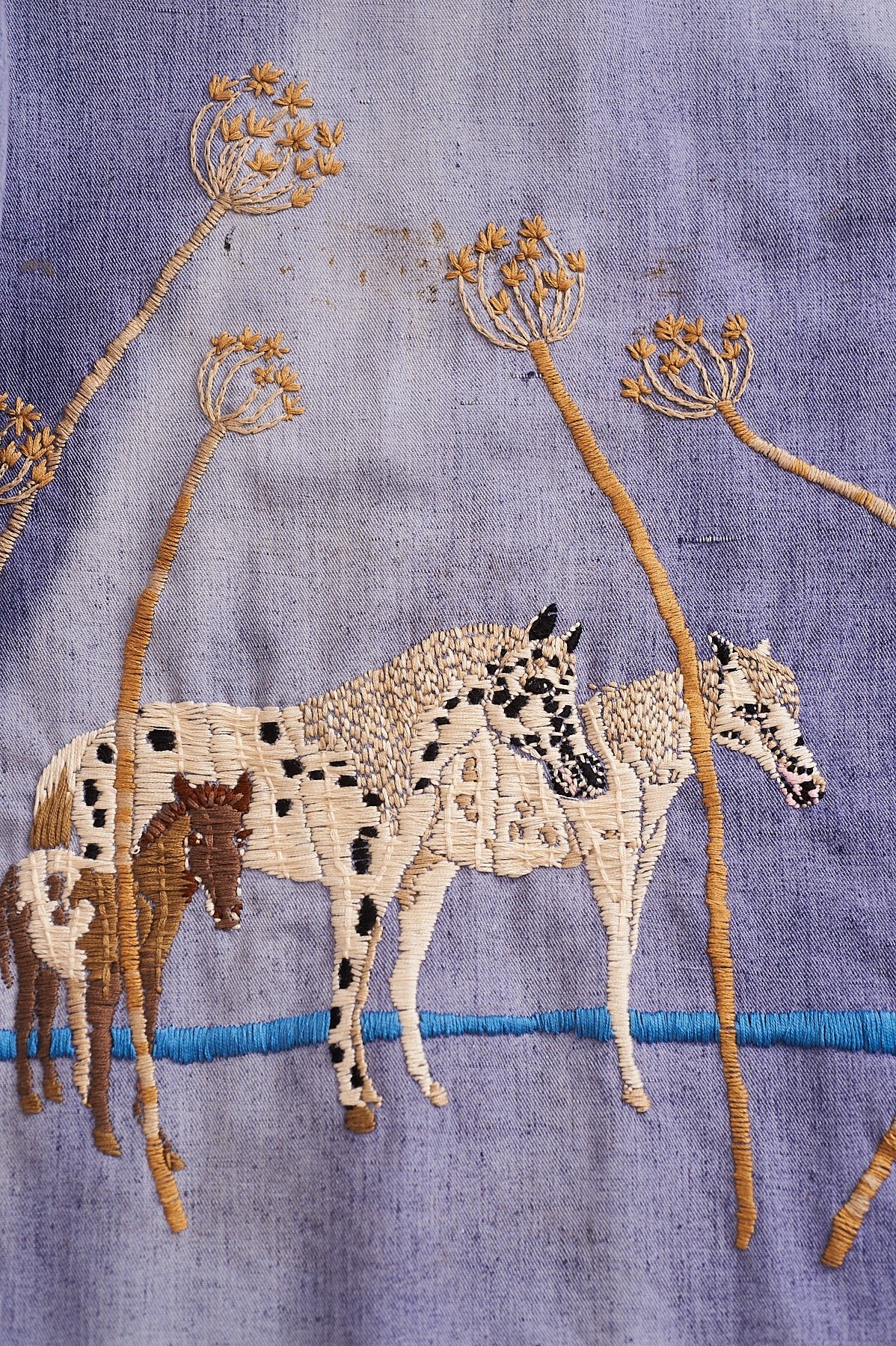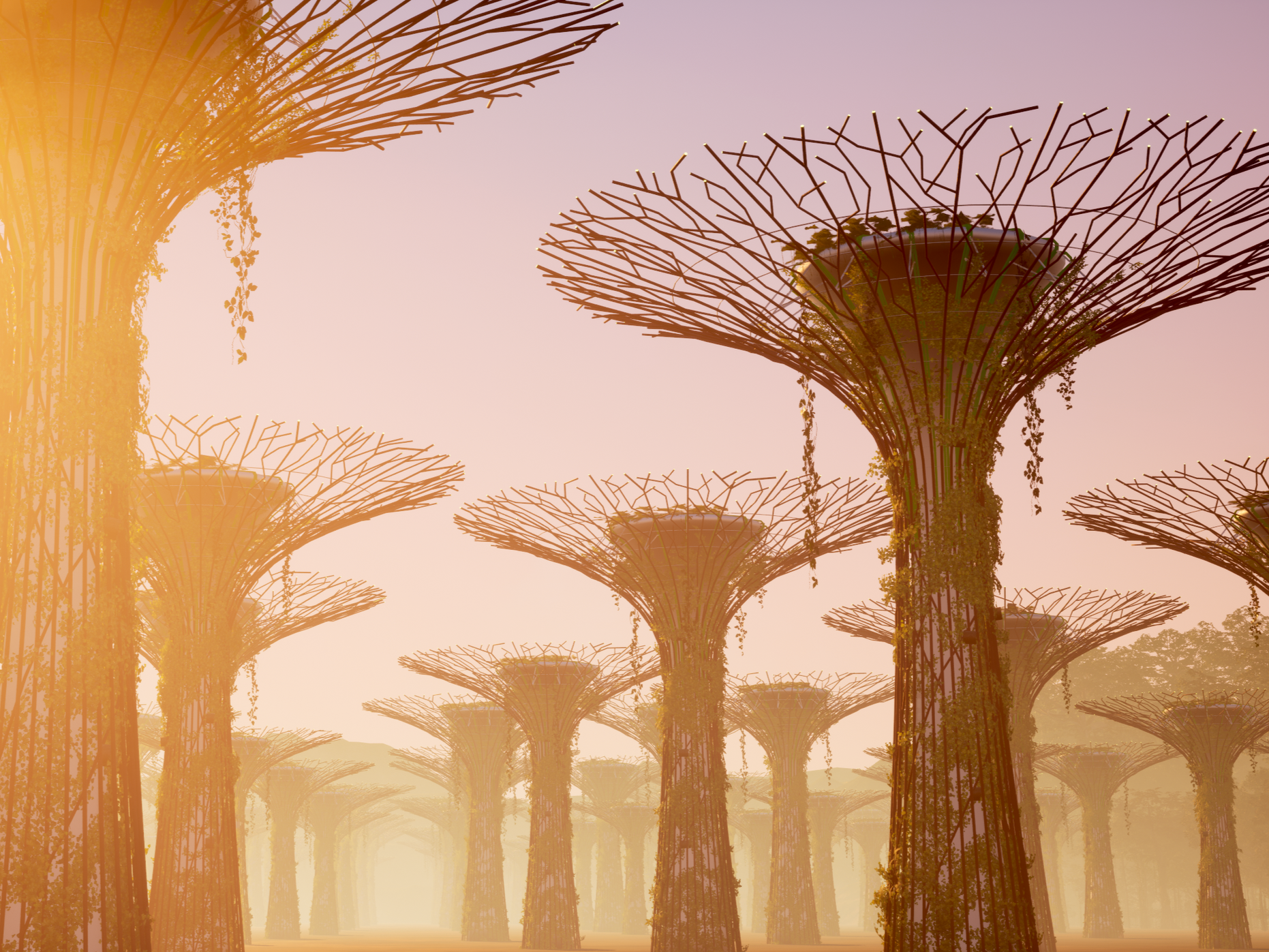Bringing Fashion Full Circle
The challenges & solutions — plus an inside view from one slow fashion brand
Words by Farah Shafiq. Images by Tiffany Mumford
Reorienting the fashion industry around a circular model is, to be frank, a huge challenge. How do you continue to create with integrity and responsibility while reducing impact? Is it even possible to commit to small-scale production while still making a profit? These are the issues many brands are grappling with – some more successfully than others.
Over the last few years, there’s been innovation in dyeing processes, biodegradable fabrics, rental and resale models – we could go on. But, some argue that sustainable fashion is in fact “a myth”; it’s rife with greenwashing; and it will be some time before we can measure the long-term cumulative effects of current initiatives. Despite well-intentioned efforts, there are still significant blocks to progress.
While leading think-tanks and charities, such as the Ellen MacArthur Foundation, investigate broader circular solutions, there are exciting and necessary advances happening in tech, too. Look to Queen of Raw, for example, innovating to make the circular economy profitable. Its excess inventory management engine was initially focused on the reuse, resale and recycling of deadstock textiles, but its cloud software can be applied across industries and around the world. Its aim is to help brands recoup the $288+ billion lost in value through waste product annually.
As the global scope continues to unravel in various directions, we wanted to hone in on the reality for an emerging brand – so, we turned to Tiffany Mumford, founder of slow fashion label The Wolves. When she’s not sourcing second-hand workwear and rare vintage patches, she’s collecting inspiration from her travels to embroider and appliqué into evocative designs; keeping the essence of the fabric intact, while adding another layer of meaning. “Finding a special vintage piece has always really appealed to me,” she tells Looms. “Knowing that no one else is likely to have it. I like the history of things that have lived a good life.”
What started as a project born out of the 2020 pandemic has now become a key part of Mumford’s life, drawing on her creative eye for detail honed throughout her years as a fashion photographer. Leaning into the slower pace and storytelling potential, she undertakes all of the hand-craft herself at her home in south west London, which is where we meet.
It’s a warm day, and Mumford has just returned from an outdoor swim in the lido nearby – one of her regular rituals for health, wellbeing and creative clarity. She pours an iced matcha and we sit down in her workspace, which is filled with colour, texture and unique antique pieces, to discuss how she strikes a sustainable balance.
Tell us about how The Wolves has evolved, from ‘lockdown project’ to now?
I started The Wolves as a lockdown time-filler without much expectation. But it's grown steadily, in a small way. I've received a lot more love for the brand than I ever anticipated.
How do the ideas of circularity and sustainability inform what you do?
When I started The Wolves, it was really important to me that it was a sustainable project. There are very small ways in which it is not completely eco-friendly, for example the fabric pens that I use. But in every way that I can, I make those considerations. The idea is to use only vintage items to embroider. I use eco-friendly packaging. There’s also a strong storytelling aspect to the product and this starts from the use of vintage garments, which bring an extra layer to the process.
Talk us through the process of sourcing, designing and making one of your jackets?
I source from various vintage dealers, mostly specialising in workwear. I don’t buy in bulk, I handpick each piece, as the fabric itself is really important – some are much less arduous to sew onto, so I try to look for those. I usually keep a stock of different sizes, mostly in shades of blue, but sometimes rarer colours, and when I start designing a new collection I pull everything out and see what fits with what I'm doing. Designing usually starts with an idea, then collecting photographic references, then sketching.
How does travel fuel the visual identity of your designs?
Because the brand started as a lockdown idea, it was really a way of virtual travel for me. I was due to be in Arizona, so that sparked a lot of the original designs. My most recent collection was based on recent trips – part holidays, part research – to islands in Europe, and the flora and fauna and experiences I found while travelling there.
Thinking about the positive power that clothes can have on our mood, how do you hope your pieces will make the wearer feel?
I hope very much, and believe that my pieces do bring a lot of joy to the wearer. Actually, the process of creating them also has to bring me joy. I think my most successful pieces are the ones I've really enjoyed making, and that I put a lot of heart into. I recently turned down a commission because it didn't feel to me like it sent a positive message, and I didn’t think I would enjoy making it.
What drives your creative energy? And, what do you think draws your audience in?
I love contributing to the fashion industry in a positive and circular way. I've always had such a passion for clothes, but we know so much now of the damage that the industry does to the planet. Vintage to me has always felt more precious. I also really love the process of making. It's such a slow process that at the very start of a project, the amount of work to be done can feel quite daunting. But, it also excites me to the point of keeping me up at night, the buzz of creating is so strong.
I think that my customers respond to the one-off and special nature of the pieces. They are joyful pieces to wear. For myself, I've never liked to be too dressed up, so the combination of a really old battered jumpsuit with lots of hand embroidery allows it to be dressed down and special at the same time. I think a lot of people are moving away from a fast fix when it comes to buying clothes and investing in pieces they can keep.
What are the daily rituals that are intrinsic to how you work?
I swim a lot at Brockwell Lido, so that really helps to break up my day. I quite like to go at lunchtime, especially in the summer, and get some outdoors time. Nature always keeps me feeling inspired. I'm very much a city person, but natural settings and remote places seem to inform my work much more than urban ones.
Where do you look to fill your cup creatively?
It can be anything! Spying an amazing flower, whether it's on my walk back home to Brixton, or on a remote island off Sicily. I love going to galleries and seeing other people's art. Book covers. Vintage fabric prints. Folk embroidery. Sometimes a colour combination in a painting will resonate; or in nature.
What’s been the biggest challenge in your creative process, so far?
My biggest challenge has been producing, by hand, everything myself. I do now have part-time help, but something I didn't really know before getting so busy was how physically demanding sewing full-time would be. It takes a physical toll and makes me worry a little about how feasible that is as a way of working long-term. And, I struggle a bit with price points, paying myself enough without letting the price point get so ridiculous it won't sell.
The Wolves is a beautiful small-scale production, do you have any plans to expand? And if so, how would you stay true to the core ethos of circular, personal craft?
It's something I think about a lot. There are various ways it could grow. And at some point I will need to decide if that's what I want. I think one way of moving forward that interests me is to work on design collaborations with other brands. It's something I am doing already, early stages, so it'll be interesting to see how that goes.
Which other creatives do you think are doing exciting things at the moment?
Fashion-wise I really enjoy the attention to detail in the production process that Story MFG manages to achieve – they use a lot of hand processes, natural dyes etc. I love the brand Bode, its heritage of using vintage textiles and how that has evolved into larger scale production, while keeping the core of what they do. I find a lot of inspiration in some of the menswear brands out there at the moment, doing lovely creative things with clothing. I love shooting a really flowery jumpsuit on a man.






